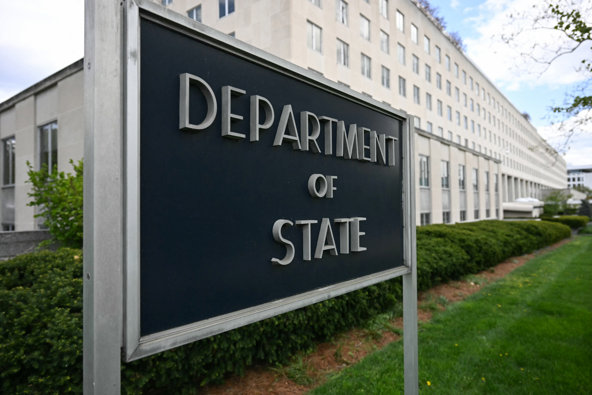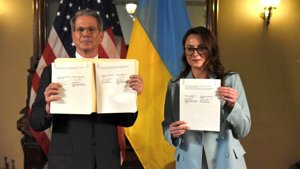
State Department Defends 3,000 Job Cuts as Reforms Advance
Officials defend 3,000 State Department job cuts, citing inefficiencies and a need for streamlined operations.
Agency Cites ‘Mindboggling’ Bureaucracy, Redundancies in Justifying Cuts
The State Department is undergoing its largest reorganization since the Cold War, implementing a reduction of approximately 3,000 positions following an internal review that uncovered significant inefficiencies. Senior officials said it took three months to determine the agency’s actual headcount, with the process revealing an “alarming” lack of oversight and a labyrinth of redundant functions.
Half of the positions were eliminated through voluntary buyouts, while the remainder received formal reduction-in-force notices. Secretary of State Marco Rubio’s advisors reviewed more than 700 domestic offices, targeting those labeled “duplicative” or “inefficient.” The aim, they stated, was to limit clearance processes to a maximum of 12 steps per document, compared to previous approval chains with as many as 50 layers.
Officials described an array of overlapping offices, including multiple divisions handling the same issues—such as three separate offices for sanctions and two for arms control. Human resources processes were described as outdated, with new hires providing faxed records from previous employers. “It’s crazy that a department tasked with critical national security and diplomatic functions, with a $50 billion budget, is run this way,” one official remarked.
The reorganization also eliminated the “diplomats in residence” program, described as “cushy jobs” lacking clear accountability. While critics fear the cuts could harm U.S. diplomatic effectiveness and global influence, officials maintain that reductions were focused on nonessential bureaucracy, not frontline diplomatic or security roles. Country desks, passport services, diplomatic security, embassies, and foreign posts were not affected.
Reforms Face Internal Pushback and External Criticism
The reorganization was made possible after a recent Supreme Court decision lifted a legal block on mass federal layoffs. Union challenges remain pending, and tension within the department has risen. Employees held emotional farewells, with signs reading “Diplomacy matters” and “resist fascism” visible throughout Foggy Bottom headquarters. Over 130 former senior officials, including ex-National Security Advisor Susan Rice, signed an open letter expressing concern about the impact of staff reductions on U.S. foreign policy.
Some officials have downplayed the loss, citing inefficiency and saying consolidation will benefit American taxpayers. The department also shuttered offices handling Afghan refugee resettlement and scaled back the Bureau of Population, Refugees & Migration, arguing these functions no longer align with current national interests or counter China’s influence.
According to one official, a foreign minister from the Gulf region welcomed the reduction in American advocacy for unionization, describing past efforts as intrusive. “This created huge diplomatic tension with them,” the official said, noting new opportunities for partnership on trade and shared prosperity.
The changes have not come without controversy. Some critics point to the destruction of emergency food supplies meant for Afghanistan and Pakistan, linking it to broader retrenchment in U.S. foreign aid. Senior officials insist the reforms are necessary for efficiency and effectiveness, though internal morale remains challenged as the State Department adapts to a leaner structure. The full impact of the cuts—and the redefined diplomatic mission—will be closely watched in the months ahead.






